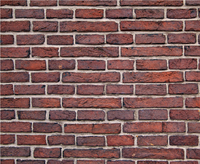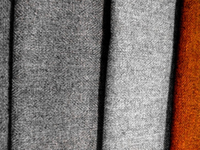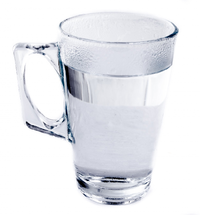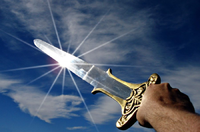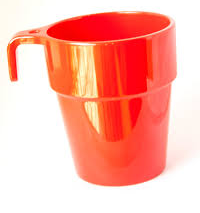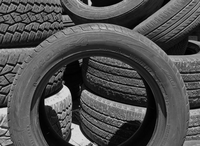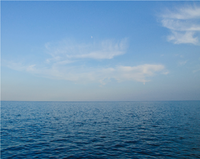Difference between revisions of "Material"
| Line 46: | Line 46: | ||
:[https://www.amazon.co.uk/gp/product/1292120215/ref=as_li_tl?ie=UTF8&camp=1634&creative=6738&creativeASIN=1292120215&linkCode=as2&tag=nrjc-21&linkId=8f96ddb76196848bafdb124354e4cf77 ''Materials; bulk page 206, GCSE Chemistry, Pearson, Edexcel ''] | :[https://www.amazon.co.uk/gp/product/1292120215/ref=as_li_tl?ie=UTF8&camp=1634&creative=6738&creativeASIN=1292120215&linkCode=as2&tag=nrjc-21&linkId=8f96ddb76196848bafdb124354e4cf77 ''Materials; bulk page 206, GCSE Chemistry, Pearson, Edexcel ''] | ||
:[https://www.amazon.co.uk/gp/product/1292120215/ref=as_li_tl?ie=UTF8&camp=1634&creative=6738&creativeASIN=1292120215&linkCode=as2&tag=nrjc-21&linkId=8f96ddb76196848bafdb124354e4cf77 ''Materials; composites, pages 204-205, GCSE Chemistry, Pearson, Edexcel ''] | :[https://www.amazon.co.uk/gp/product/1292120215/ref=as_li_tl?ie=UTF8&camp=1634&creative=6738&creativeASIN=1292120215&linkCode=as2&tag=nrjc-21&linkId=8f96ddb76196848bafdb124354e4cf77 ''Materials; composites, pages 204-205, GCSE Chemistry, Pearson, Edexcel ''] | ||
| + | |||
| + | ====OCR==== | ||
| + | :[https://www.amazon.co.uk/gp/product/0198359829/ref=as_li_tl?ie=UTF8&camp=1634&creative=6738&creativeASIN=0198359829&linkCode=as2&tag=nrjc-21&linkId=90e8d7b4f039d53035238fa0320fe00b ''Materials; life-cycle assessment, pages 224-225, Gateway GCSE Chemistry, Oxford, OCR ''] | ||
| + | :[https://www.amazon.co.uk/gp/product/0198359829/ref=as_li_tl?ie=UTF8&camp=1634&creative=6738&creativeASIN=0198359829&linkCode=as2&tag=nrjc-21&linkId=90e8d7b4f039d53035238fa0320fe00b ''Materials; properties and uses, pages 74-81, 220-225, Gateway GCSE Chemistry, Oxford, OCR ''] | ||
| + | :[https://www.amazon.co.uk/gp/product/0198359829/ref=as_li_tl?ie=UTF8&camp=1634&creative=6738&creativeASIN=0198359829&linkCode=as2&tag=nrjc-21&linkId=90e8d7b4f039d53035238fa0320fe00b ''Materials; recycling, pages 226-227, Gateway GCSE Chemistry, Oxford, OCR ''] | ||
Latest revision as of 09:31, 14 December 2019
Contents
Key Stage 1
Meaning
A material is what an object is made from.
About Materials
There are many different materials. This is a list of important materials you should know:
Examples
| Some walls are made of a material called brick. | Fabric is a material we use to make clothes. | Glass is a material used in windows and glasses. | Metal is a good material for making swords. |
| Some cups are made of a material called plastic | The material makes up most of a mountain is rock. | Rubber is a bouncy material that makes good tyres. | Salty water is a material found in the sea. |
References
Edexcel
- Materials, pages 202-203, GCSE Chemistry, Pearson, Edexcel
- Materials; bulk page 206, GCSE Chemistry, Pearson, Edexcel
- Materials; composites, pages 204-205, GCSE Chemistry, Pearson, Edexcel
